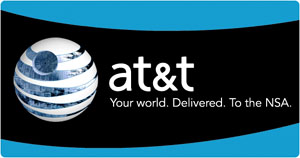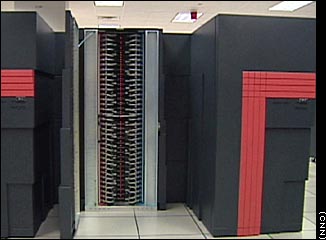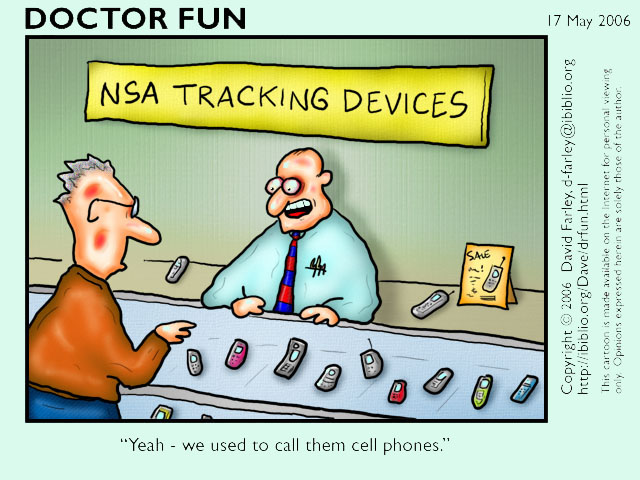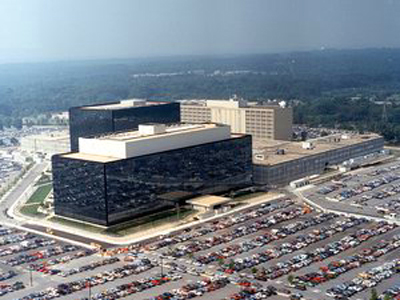




FURTHER INFORMATION
Warrantless wiretapping is the tip of the iceberg. Even if we had an Executive that deferred to Congress, buttressed a mainstream Judiciary and sought at every turn to educate the people with transparency in government, the nation would still face wrenching changes in public policy and constitutional law because our technology has wrought wrenching changes in computation, communication, and information.
Old networks could not be extended to new services. Old laws cannot be "extended" to cover disruptively new power in computation, in communication and in the storage, distribution and processing of information. When the technology itself was extended, we got the dot-com boom-bust, and the boom and the bust in fiber and telecom companies. I presume what is coming to civic society and constitutional law as we extend "wiretapping" and privacy laws to an incompatible new regime of uncomprehended technical power will be just as nasty. My contribution and your assignment today is to at least understand the change in the networks, the playground in which NSA first frolicked. I have written another paper on our network infrastructure.
I always told my students ("victims" as they saw it), "Anyone can understand any technology unless either the person explaining it doesn't really understand it, or you die of boredom first. It's not that hard. These are just human artifacts, not the mysteries of Nature." In that spirit, we offer:
Mini-tutorial on the nation's telecom voice and data infrastructures,
http://fas.org/irp/agency/doj/fisa/
Technical terms
defined
http://en.wikipedia.org/wiki/TeraFlops